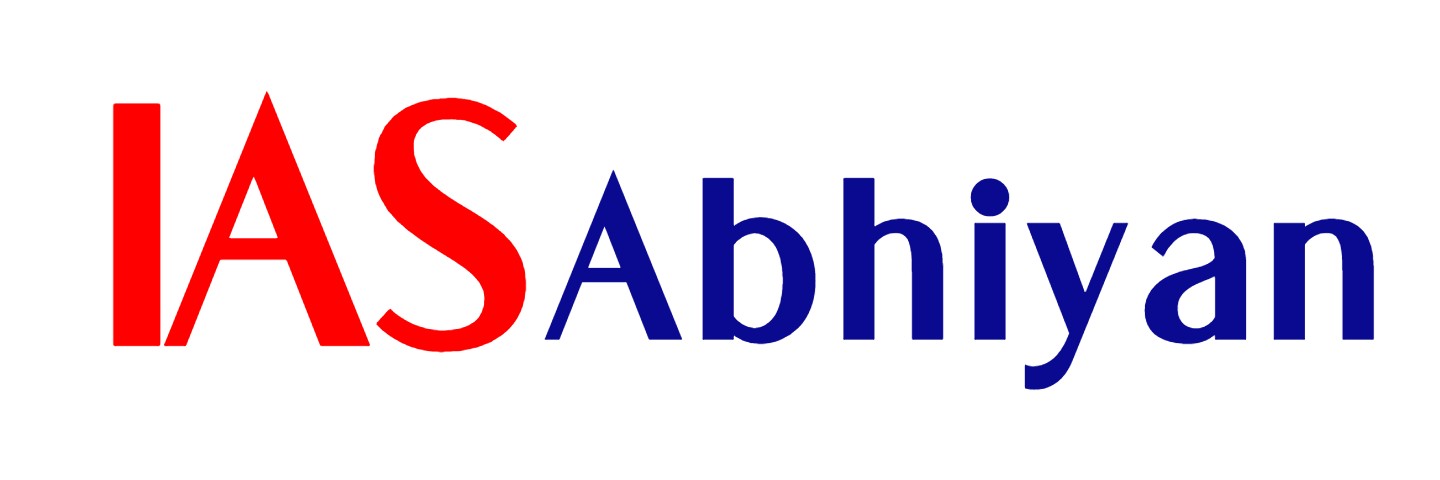Context
- Wholesale Price Index, or WPI, measures the changes in the prices of goods sold and traded in bulk by wholesale businesses to other businesses.
- WPI is unlike the Consumer Price Index (CPI), which tracks the prices of goods and services purchased by consumers.
What do you mean by the Wholesale Price Index?
- To put it simply, the WPI tracks prices at the factory gate before the retail level.
Who publishes WPI in India and what does it show?
- Analysts use the numbers to track the supply and demand dynamics in industry, manufacturing and construction. The numbers are released by the Economic Advisor in the Ministry of Commerce and Industry. An upward surge in the WPI print indicates inflationary pressure in the economy and vice versa. The quantum of rise in the WPI month-after-month is used to measure the level of wholesale inflation in the economy.
What is the difference between WPI and CPI inflation?
- While WPI keeps track of the wholesale price of goods, the CPI measures the average price that households pay for a basket of different goods and services. Even as the WPI is used as a key measure of inflation in some economies, the RBI no longer uses it for policy purposes, including setting repo rates. The central bank currently uses CPI or retail inflation as a key measure of inflation to set the monetary and credit policy.
New series of WPI
- With an aim to align the index with the base year of other important economic indicators such as GDP and IIP, the base year was updated to 2011-12 from 2004-05 for the new series of Wholesale Price Index (WPI), effective from April 2017.
How do you calculate Wholesale Price Index?
- The monthly WPI number shows the average price changes of goods usually expressed in ratios or percentages.
- The index is based on the wholesale prices of a few relevant commodities available.
- The commodities are chosen based on their significance in the region. These represent different strata of the economy and are expected to provide a comprehensive WPI value.
- The advanced base year 2011-12 adopted recently uses 697 items.
Major components of WPI
- Primary articles is a major component of WPI, further subdivided into Food Articles and Non-Food Articles.
- Food Articles include items such as Cereals, Paddy, Wheat, Pulses, Vegetables, Fruits, Milk, Eggs, Meat & Fish, etc.
- Non-Food Articles include Oil Seeds, Minerals and Crude Petroleum
- The next major basket in WPI is Fuel & Power, which tracks price movements in Petrol, Diesel and LPG
- The biggest basket is Manufactured Goods. It spans across a variety of manufactured products such as Textiles, Apparels, Paper, Chemicals, Plastic, Cement, Metals, and more.
- Manufactured Goods basket also includes manufactured food products such as Sugar, Tobacco Products, Vegetable and Animal Oils, and Fats.
WPI Food Index
- WPI has a sub-index called WPI Food Index, which is a combination of the Food Articles from the Primary Articles basket, and the food products from the Manufactured Products basket.
Source: Financial Express
For Other Economic Related Current Affairs Basics: Click Here
